From the archives: Stories to step up your snake savviness
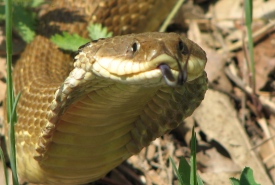
Eastern hog-nosed snake (Photo by Ken Towle)
July 13, 2015 | by Wendy Ho
Did you know that July 16 is World Snake Day? While snakes may not be your typical poster child of all things cute and cuddly, they are fascinating and admirable in their own way. Celebrate snakes with us by learning about these slithery creatures.
Hop on social media and share these 12 tweetable facts about Canadian snakes.
See how Nature Conservancy of Canada staff conducted a summer-long monitoring study on queen snakes and wood turtles in southern Ontario.
And check out the featured species gallery for a description of what species of snakes might be in your area.
-
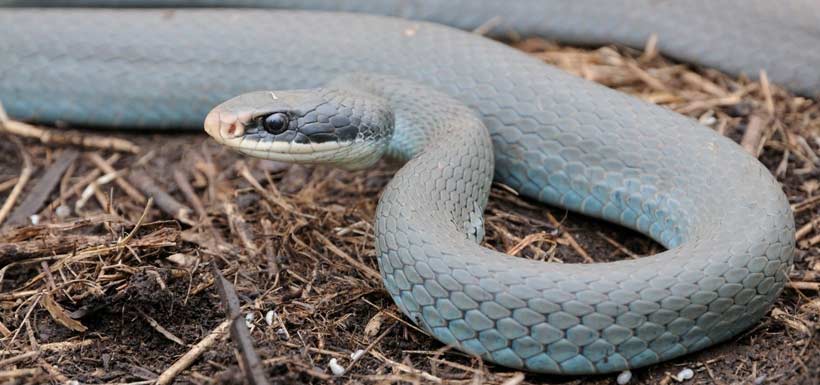
 Click on the image to enlarge.
Click on the image to enlarge.
Blue racer, Pelee Island, Ontario (Photo by Ron Gould/OMNR)
-
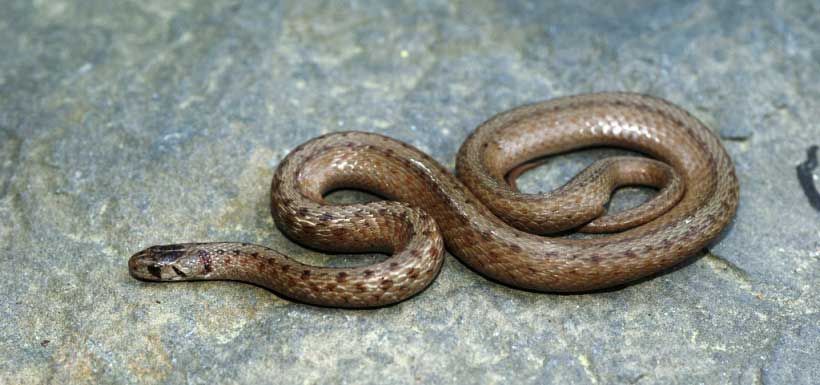
 Click on the image to enlarge.
Click on the image to enlarge.
Northern brownsnake (Photo by Mike VanValen)
-
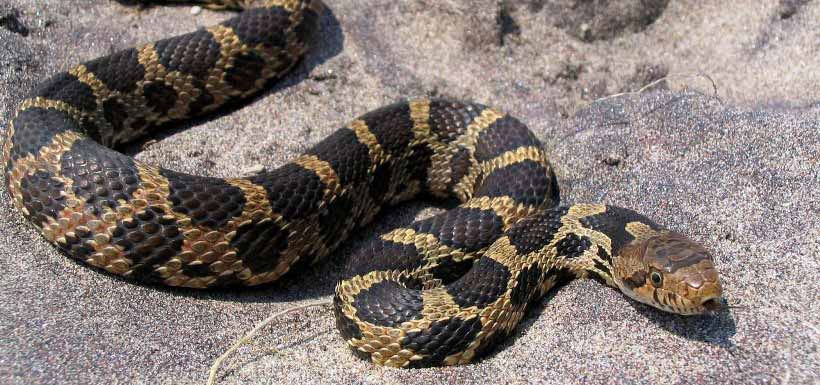
 Click on the image to enlarge.
Click on the image to enlarge.
Eastern foxsnake, Ontario (Photo by Ryan M. Bolton)
-
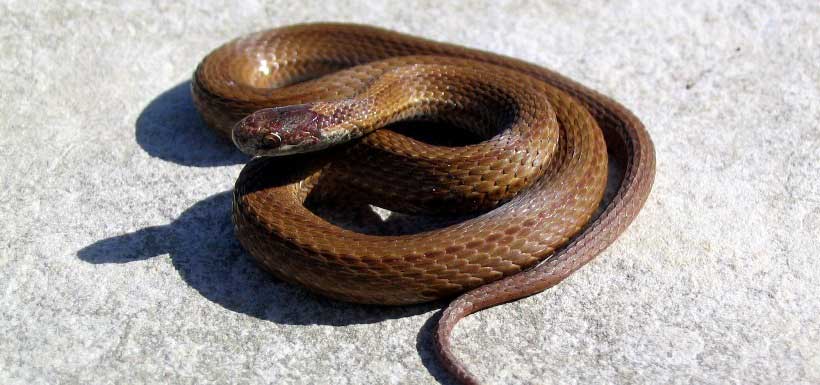
 Click on the image to enlarge.
Click on the image to enlarge.
Red-bellied snake, Ontario (Photo by Ryan M. Bolton)
-
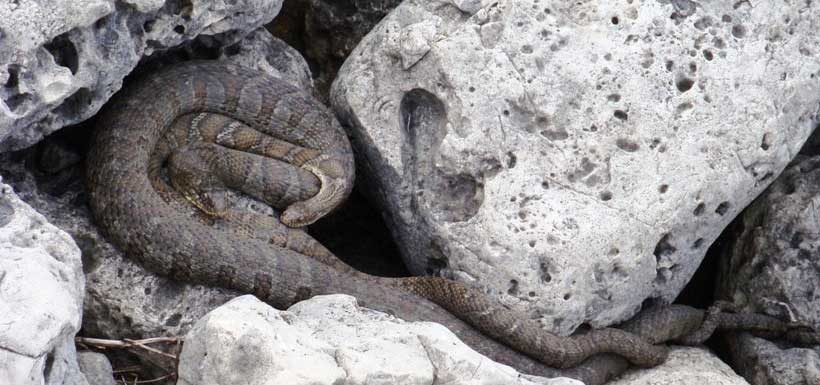
 Click on the image to enlarge.
Click on the image to enlarge.
Northern watersnake, Northern Bruce Peninsula, Ontario (Photo by NCC)
-
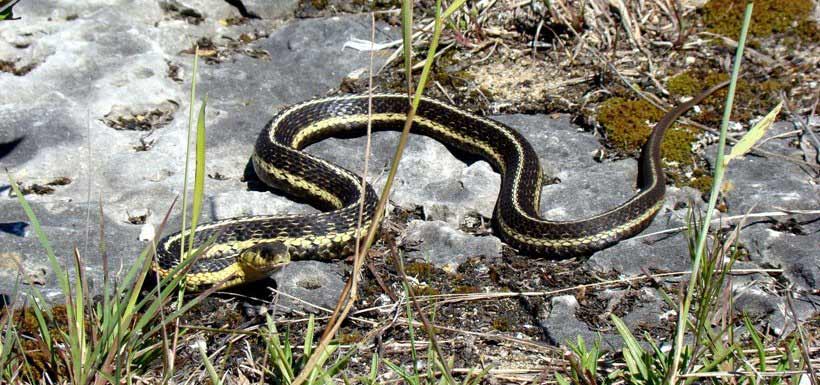
 Click on the image to enlarge.
Click on the image to enlarge.
Common gartersnake, Manitoulin Island, Ontario (Photo by NCC)
-
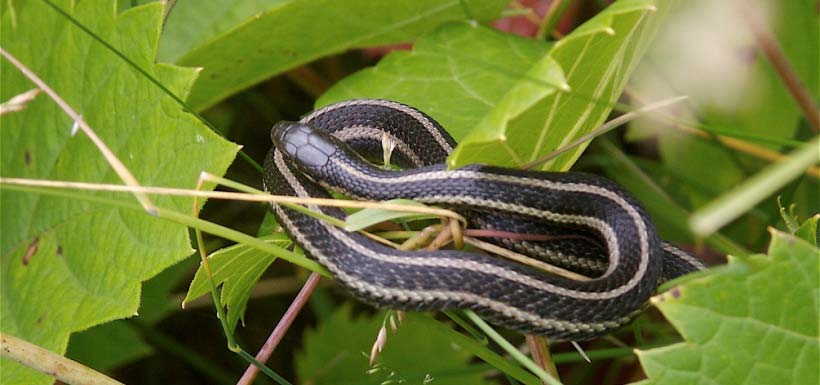
 Click on the image to enlarge.
Click on the image to enlarge.
Butler's gartersnake (Photo by Dan Mullen)
-
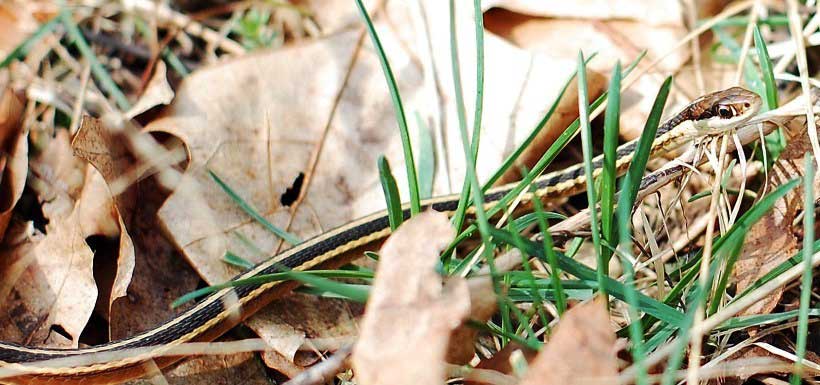
 Click on the image to enlarge.
Click on the image to enlarge.
Northern ribbonsnake (Photo by Jon Fife)
-
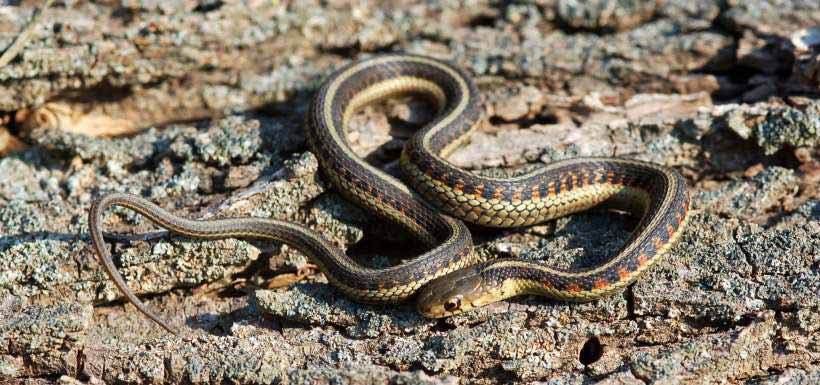
 Click on the image to enlarge.
Click on the image to enlarge.
Red-sided gartersnake (Photo by Ben Lowe)
-
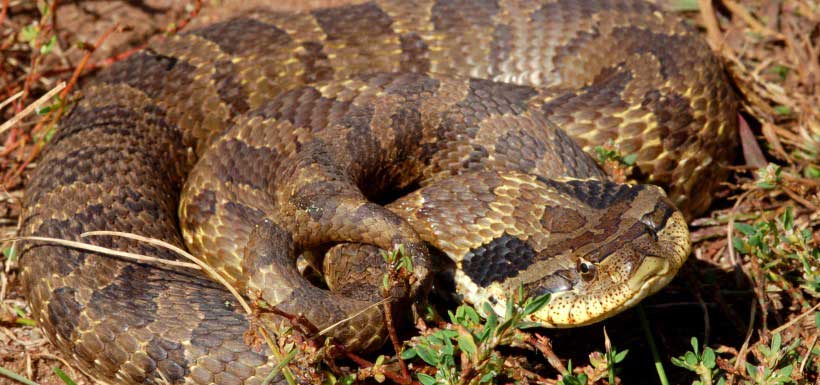
 Click on the image to enlarge.
Click on the image to enlarge.
Eastern hog-nosed snake (Photo by Ben Lowe)
-
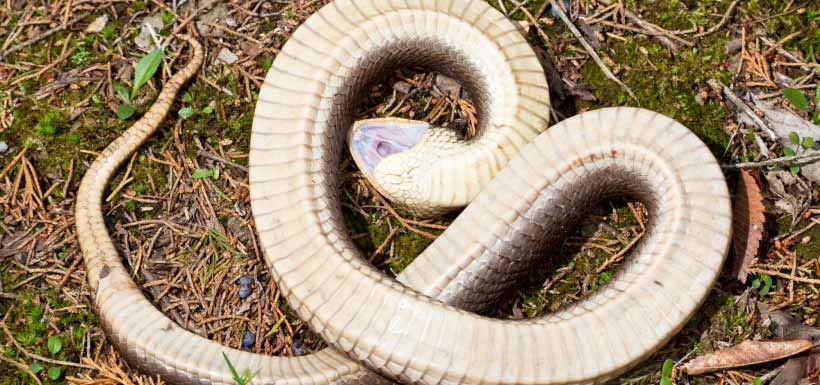
 Click on the image to enlarge.
Click on the image to enlarge.
An eastern hog-nosed snake playing dead (Photo by Natalie McNear)
-
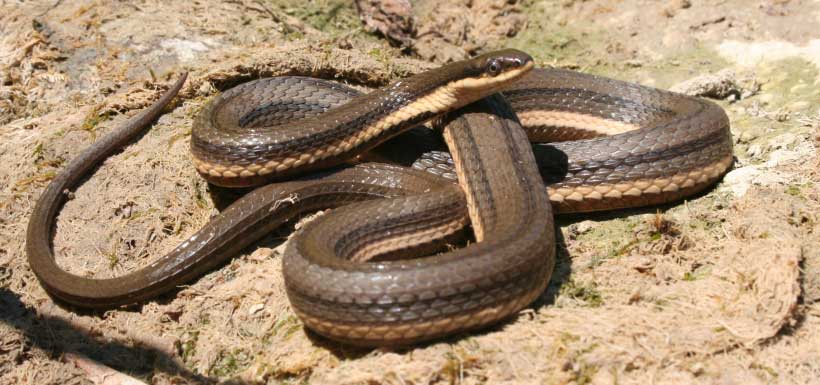
 Click on the image to enlarge.
Click on the image to enlarge.
Queen snake, Ontario (Photo by Joe Crowley/OMNR)
-
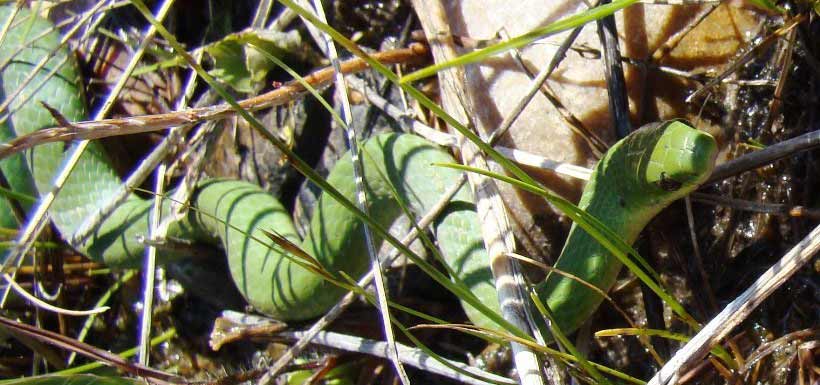
 Click on the image to enlarge.
Click on the image to enlarge.
Smooth greensnake, Manitoulin Island, Ontario (Photo by NCC)
-
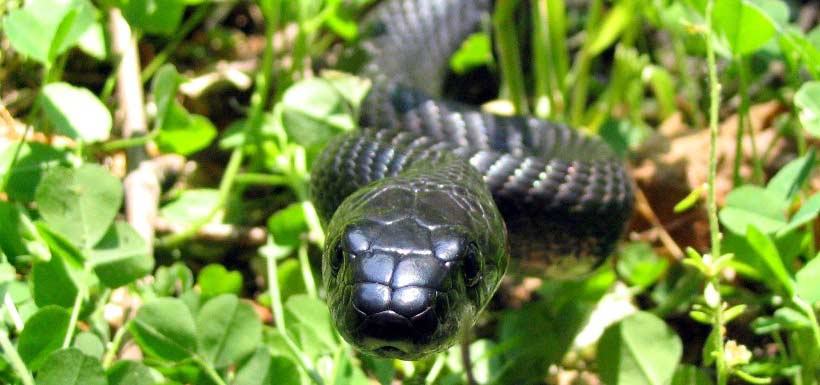
 Click on the image to enlarge.
Click on the image to enlarge.
Gray ratsnake, Ontario (Photo by Ryan M. Bolton)
-
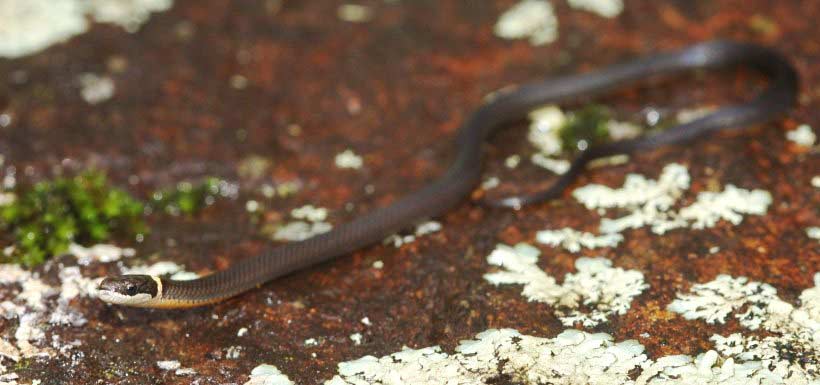
 Click on the image to enlarge.
Click on the image to enlarge.
Ring-necked snake (Photo by Ben Lowe)
-
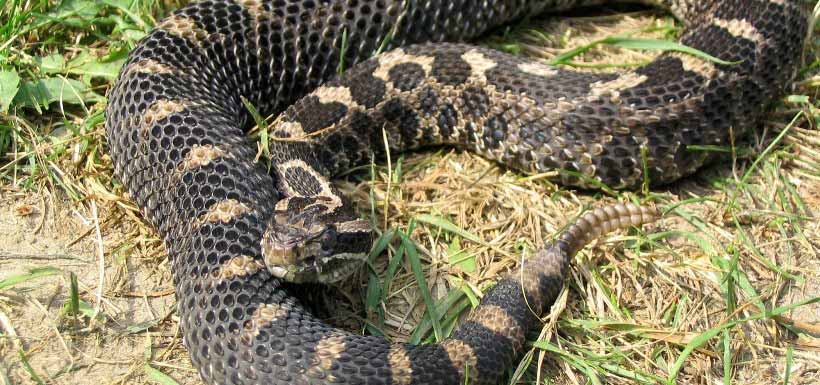
 Click on the image to enlarge.
Click on the image to enlarge.
Eastern massassauga, Ontario (Photo by Ryan M. Bolton)
-
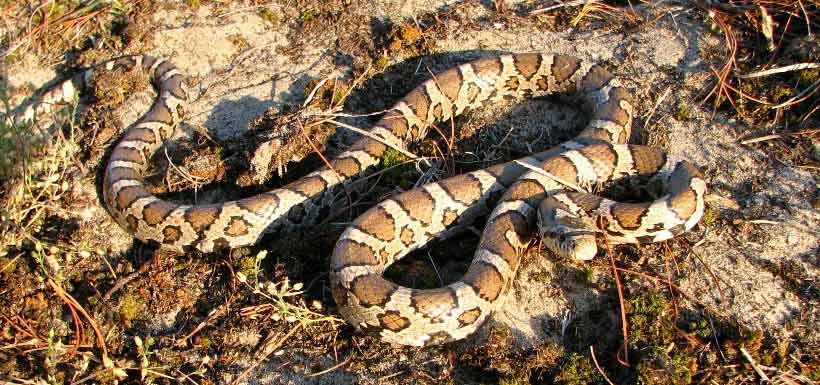
 Click on the image to enlarge.
Click on the image to enlarge.
Milksnake, Ontario (Photo by Ryan M. Bolton)





















